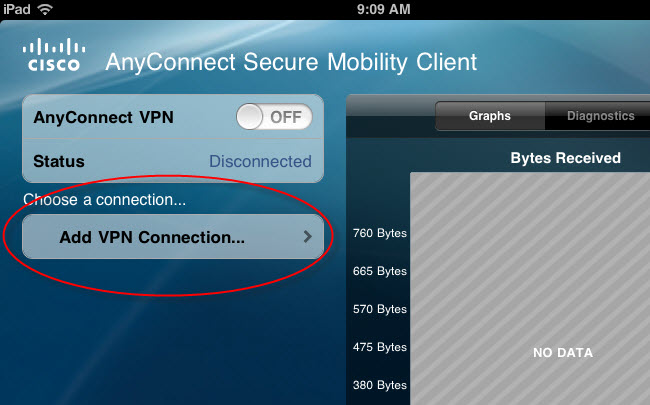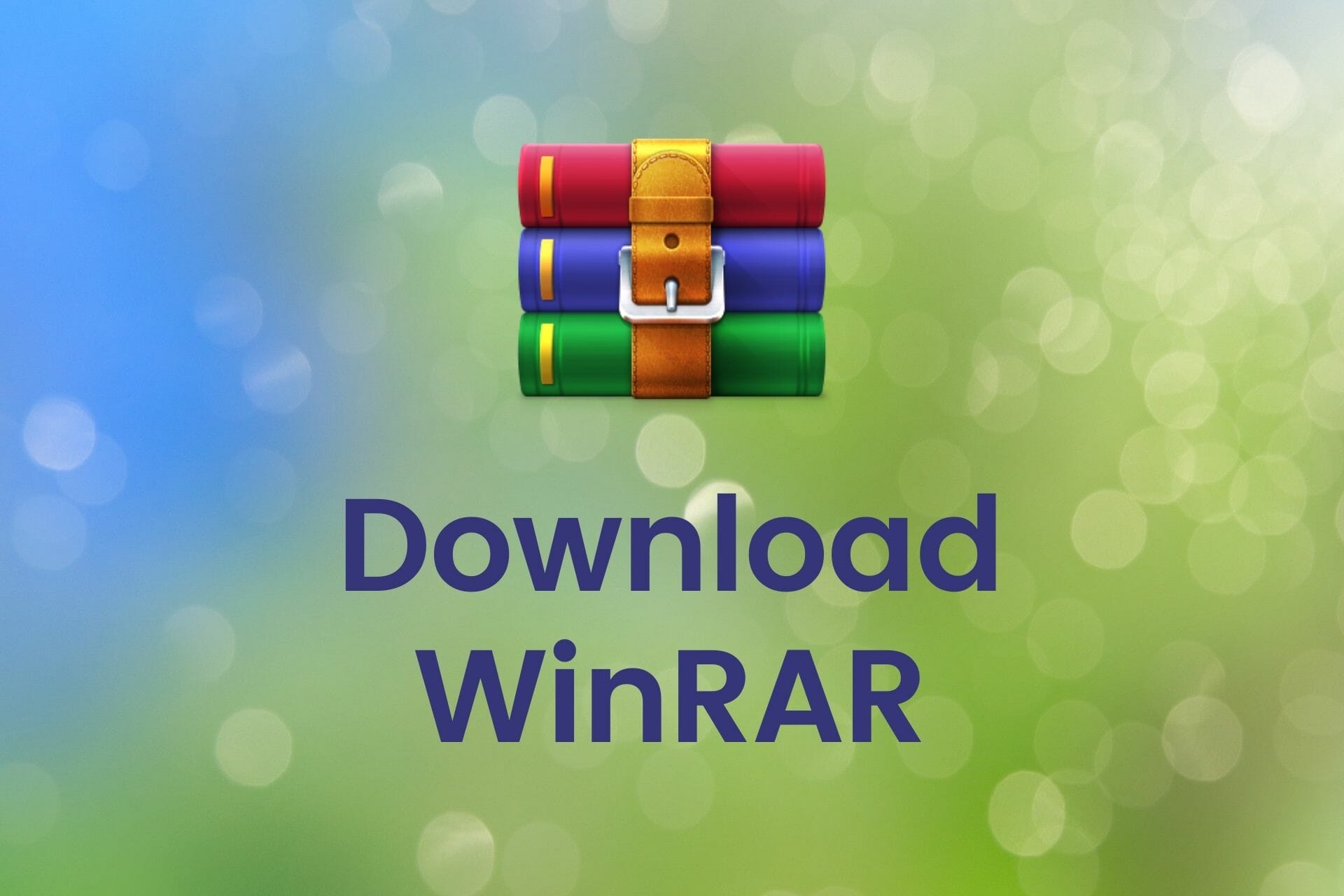
Topics Map > Accounts and Passwords
Topics Map > Networking > Virtual Private Networking (VPN)
This page contains links to download and installation instructions for VPN software for Apple iOS devices including iPhones, iPads, and iPod Touches.
Set up your iPhone or iPad to access the VPN. To reset your Active Directory (AD) username or password, go to or contact your department's system administrator. Instructions for connecting the device to the corporate Wi-Fi network. This process is independent of Jabber for iPad. Instructions for setting up VPN (Virtual Private Network) access on the device, if you allow users to use Jabber for iPad through VPN connections. This process is independent of Jabber for iPad. An IKEv2 VPN: This requires you’re using an IKEv2 VPN on your iPhone or iPad. If you’re setting up your own VPN server, use server software that offers this type of VPN. For example, StrongSwan runs on Linux, Mac OS X, FreeBSD, and other operating systems, offering an open-source VPN server that supports the IKEv2 protocol. Cisco client applications, also called 'AnyConnect,' are available for all major platforms, including Apple devices. Default operating system VPN client applications may also work, depending on your setup. You can download a Cisco VPN client from the Cisco site. You will need your Cisco.com login to access this download.
Ipad cisco vpn client - Layer 2 Layer 2 VPN Architectures (paperback) A complete guide to understanding, designing, and deploying Layer 2 VPN technologies and pseudowire emulation applications.
University of Illinois students, faculty, and staff can use these directions to set up their Apple iOS devices to connect to the Virtual Private Network (VPN).If you have a guest account, Technology Services recommends IllinoisNet Wireless for on-campus use. The VPN is most useful for off-campus use.
Downloading and installing the VPN software
The Cisco AnyConnect VPN software is available for download and installation through the App Store on iTunes:
- Find the Cisco AnyConnect in the iTunes App Store or open the iTunes App Store on your device and search using keywords: 'cisco anyconnect.' This link might work: //apps.apple.com/us/app/cisco-anyconnect/id1135064690
- NOTE: This software may not be compatible with iOS 9 and older versions of iOS. Consult the App Store for compatibility with your device.
- Click 'Free' (or the download icon) and then 'Install' to download the app.
- Click 'Open' to open the app on your device.
- After installing, a pop-up will appear that says 'AnyConnect' Would Like to Send You Notifications.
- It is your preference if you would like Notifications or not. Choose Don't Allow or Allow to continue.
Configuring for University use
- Tap 'Connections' and then 'Add VPN Connection...' to add a new connection profile.
- Enter the following VPN settings:
- Description: TechServices VPN
- Server address: vpn.illinois.edu
- Tap Save.
- A pop-up will appear saying: 'AnyConnect' Would like to Add VPN Configurations All network activity on this iPhone may be filtered or monitored when using VPN.
- Tap Allow
- You will be asked to enter your passcode
You have now stored your VPN configuration.
Starting the software
After you've completed installing and configuring the Cisco AnyConnect VPN app, a new AnyConnect icon will be available on your screen (it will be in the first open spot after the home screen).
- Click the icon to launch it.
Logging in
- In the AnyConnect Secure Mobility Client window that appears:
- Under 'Connections,' select the Tech Services VPN connection if it is not already chosen.
- Tap the AnyConnect VPN switch in the top right corner so that it switches from Off to On.
- Under 'Connections,' select the Tech Services VPN connection if it is not already chosen.
- In the Authentication window, enter the following information:
- Username: Your NetID
(or, if you're a guest, your guest ID) - Password: Your Active Directory password
(or, if you're a guest, your guest password) - Group: 1_SplitTunnel_Default
(Note: This is the most common choice. See About VPN Profiles for information about the alternatives, such as Tunnel All for access to library resources.) - Tap 'Connect'
- You will see 'Connected' in the Details
- Username: Your NetID
Note: If you want to access Library resources without logging in to the Library Gateway, you should change to the '3_TunnelAll' profile.
After your connection is established, use your other applications as needed.
Disconnecting
When you're done using the VPN connection, disconnect it:
- From the Home screen, click the AnyConnect icon.
- Tap the AnyConnect VPN switch in the top left corner so that it switches from On to Off.
More help
For more help, contact the Help Desk.
- Find the Cisco AnyConnect in the iTunes App Store or open the iTunes App Store on your device and search using keywords: 'cisco anyconnect.' This link might work: //apps.apple.com/us/app/cisco-anyconnect/id1135064690



| Keywords: | Cisco, AnyConnect, VPN, iOS, iPhone, iPad, iPod Touch, Active Directory passwordSuggest keywords | Doc ID: | 47617 |
|---|---|---|---|
| Owner: | Debbie F. | Group: | University of Illinois Technology Services |
| Created: | 2015-02-25 17:30 CDT | Updated: | 2020-08-31 17:58 CDT |
| Sites: | University of Illinois Technology Services | ||
| Feedback: | 9341CommentSuggest a new documentSubscribe to changes | ||
Learn about UCSD's expanded virtual private network (VPN) service, which lets you create protected connections to UCSD's network from remote locations.
VPN Use During Temporary Remote Work Directives Spring 2020
In response to the surge in remote workers, IT Services has significantly upgraded the capacity and performance of the VPN service. As such you should feel free to rely on the VPN anytime you are working remotely. When connected to the VPN using the 2-Step Secured - allthruucsd group, all of the traffic to and from your home or remote computer has malware filtered exactly as any on-campus computer does. However, the VPN should not be used when you are not working, such as when a family member is using your personal computer. Note that most academic and student services do not not require you to be logged in to VPN. Faculty and staff are encouraged to use the VPN when working on administrative activities. Find information on VPN setup.
These services require VPN:
- Shared Network Drives
- Cognos/Tableau
- Remote Desktop to computers or VMs
- TN3270 (IFIS/ISIS)
- Library resources (requires 2-Step Secured - allthruucsd)
- Staging links to preview CMS websites (requires 2-Step Secured - allthruucsd)
- Canvas does not require VPN but is recommended if connecting outside the U.S.
- AccessLink
- TechWiki
- Some department-specific applications (iDocs, BAMTRAC, CRIS)
The UCSD VPN creates a virtual private connection over public networks using encryption and other security checks to help protect against computer data transmission interception. It also helps ensure only authorized users can access campus networks. With VPN, network computing traffic between your remote machine (off-campus or wireless) and campus passes over a single, encrypted connection, and your remote machine has a UCSD IP address.
Two-step login is required for VPN connections. Learn more about VPN and two-step login.
Note
Instructions for UC San Diego Health and Health Science VPN users can be found at mcvpn.ucsd.edu.VPN Services
- AnyConnect - Cisco software VPN client which offers the maximum capabilities and performance.
- EasyConnect - web-based VPN portal at https://vpn.ucsd.edu, which allows secure access to many campus services, electronic library resources, and remote desktop computing without requiring the installation of a software client.
Connect to UCSD's VPN using one of these options:

Cisco Vpn For Iphone
- VPN AnyConnect client — Download the client for secure access to UCSD services, including Library resources using:
- Conventional installation:
- EasyConnect Web interface to access UCSD services (except the Libraries) — Easily and securely access UCSD services without installing the client. Mac OS X users: EasyConnect Web interface should only be used with computers running Mac OS X 10.8 and newer. Older versions of Mac OS X are no longer supported.
- Go to https://vpn.ucsd.edu
- Enter your Active Directory (AD) username and password.
- Select EasyConnect from the Group drop-down menu, and click Sign On.
- You now can access campus services by clicking a link from the list, such as:
- Campus Exchange (Outlook Web Access)
- Campus Network Status
- Link Family (FinancialLink, TravelLink, etc.)
- SysWiki (for campus system administrators)
You can also access services by typing a URL in the Address field.
Best Vpn For Ipad
- iPhone/iTouch/iPad 6.0.x and above
- Set up your iPhone or iPad to access the VPN.
To reset your Active Directory (AD) username or password, go to https://adweb.ucsd.edu/adpass or contact your department's system administrator.
VPN Pools
- The VPN service offers the ability to create department-specific pools, which can be used to control access to departmental resources. Please contact your IT support staff for additional information on accessing or using pools for your department. If you do not have IT support staff, then contact the ITS Service Desk.
- To access a VPN pool, when logging in to the VPN, enter your username followed by '@' the pool name. For example, to access the ITS pool, enter 'username@ITS'.
For additional technical info on the VPN service, please see the VPN article on the TechWiki.
Cisco Vpn For Ipad Download
Best Free Vpn For Ipad
